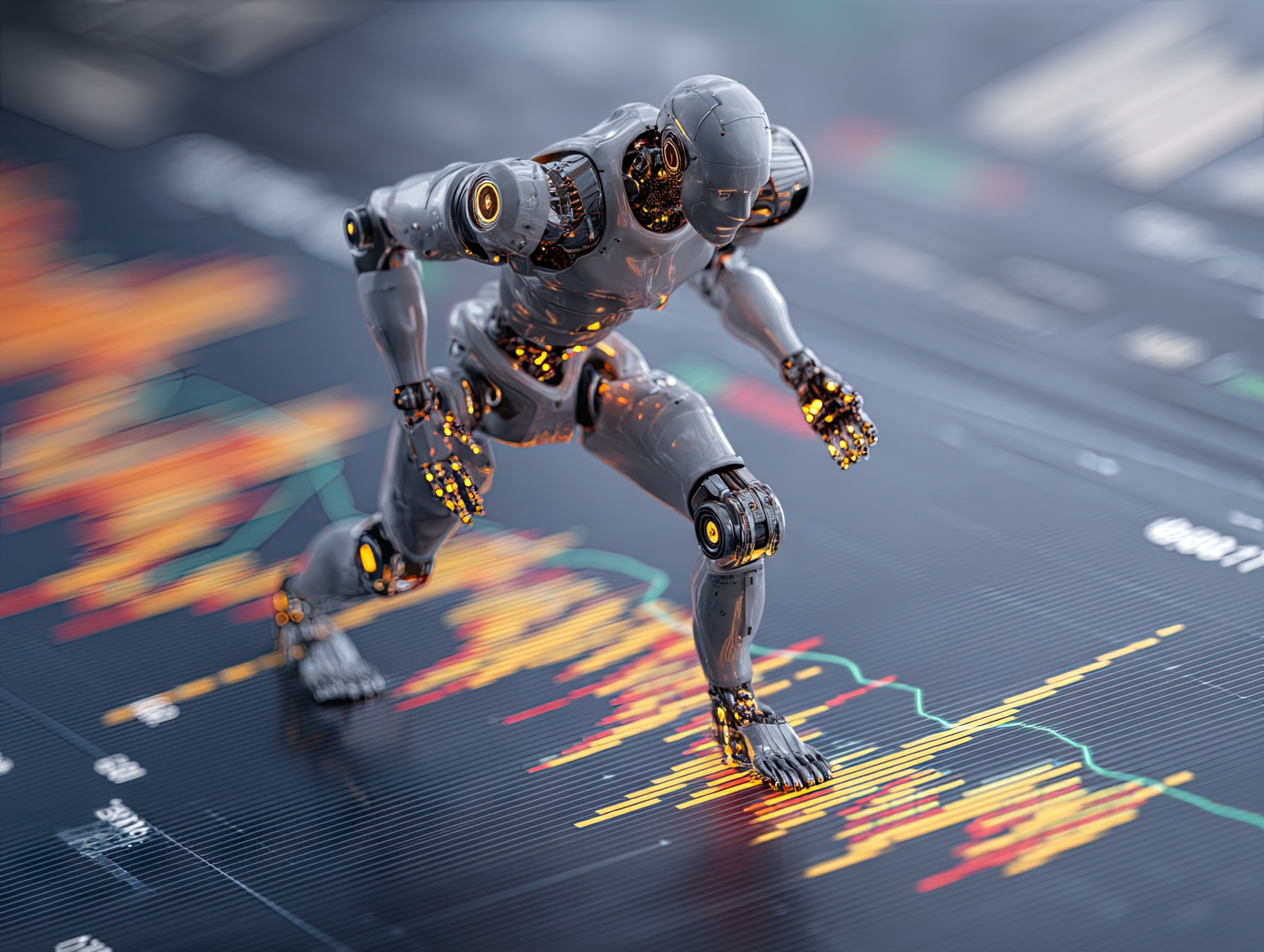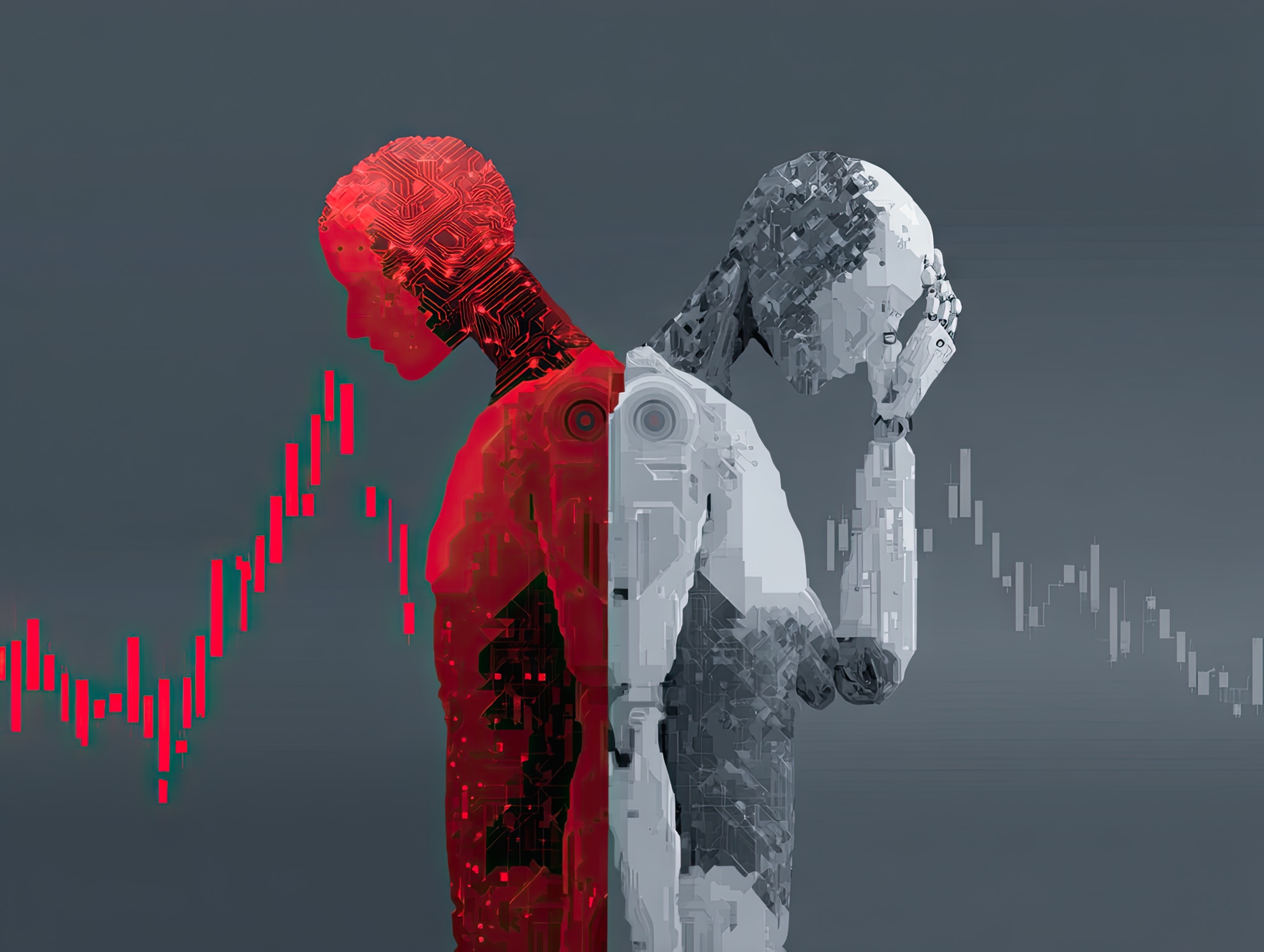Artificial intelligence (AI) has rapidly permeated nearly every aspect of modern life—revolutionizing how we shop, communicate, commute, and receive healthcare. Now, it’s making waves in the world of investing. Once confined to elite hedge funds and proprietary trading desks, AI-powered stock trading is now accessible to the masses. From personalized robo-advisors to high-frequency trading bots, AI is reshaping financial markets and challenging the traditional role of human investors.
With promises of lightning-fast analysis, around-the-clock monitoring, and emotion-free decision-making, AI-based trading platforms are gaining traction among both novice and experienced investors. But do these machines deliver on their bold promises? Can algorithms consistently outperform human traders—or at least offer a safer, more efficient path to building wealth? And perhaps most importantly: should you entrust your hard-earned money to an autonomous system you barely understand?
This post explores how AI is transforming investing, examines its strengths and weaknesses, and helps you decide whether it deserves a place in your portfolio strategy.
What Is AI-Powered Stock Trading?
AI-powered stock trading refers to the use of artificial intelligence technologies—including machine learning, natural language processing, and big data analytics—to analyze market data, make predictions, and automate investment decisions. These systems digest vast amounts of structured and unstructured data, identify patterns that humans might overlook, and act on insights with speed and precision.
There are multiple forms of AI-driven trading strategies:

- Robo-advisors: Digital platforms like Betterment, Wealthfront, and Ellevest offer automated portfolio management. Based on your risk profile, financial goals, and time horizon, they build and rebalance a diversified portfolio with minimal human input.
- Algorithmic trading bots: These bots execute trades based on predefined rules and technical indicators. For instance, they might buy when the Relative Strength Index (RSI) drops below a certain threshold or sell when a moving average crossover occurs.
- Predictive models: Using historical price data, earnings reports, economic trends, and even social media sentiment, these systems attempt to forecast future stock movements.
- High-frequency trading (HFT): Utilized by institutional investors, HFT algorithms make thousands of trades per second, exploiting tiny price inefficiencies and market microstructure insights.
The rise of APIs, cloud computing, and user-friendly trading platforms has further democratized access, enabling even novice traders to leverage AI tools.
Advantages of AI Trading
1. Speed and Efficiency
AI systems can process and act on market data in milliseconds—far faster than any human. This advantage is crucial in fast-moving markets where opportunities can vanish in an instant. Whether analyzing earnings reports, news headlines, or price momentum, AI operates with unmatched speed.
For example, an AI might simultaneously scan financial statements, track sector performance, and monitor geopolitical events—then make a trade in real time if conditions align.
2. Elimination of Emotional Bias
Emotions like fear, greed, and overconfidence often lead to irrational investing behavior. AI algorithms operate solely on logic and statistical analysis, removing emotional bias from decision-making.
This objectivity promotes discipline, helping investors stick to long-term strategies and avoid common psychological traps, especially during market volatility.
3. Continuous Monitoring and Automation
AI operates around the clock, monitoring global markets, rebalancing portfolios, and reacting to real-time developments. This continuous vigilance is invaluable for investors who can’t dedicate every moment to tracking market shifts.
Many AI systems also incorporate sentiment analysis, scanning platforms like Twitter, Reddit, and financial news feeds like CNBC or Bloomberg to assess market mood.
4. Scalable Personalization
AI platforms provide tailored investment strategies at scale. Based on user data—age, risk appetite, income, and goals—they offer customized portfolios and dynamic adjustments over time.
They can automatically rebalance holdings, harvest tax losses, and optimize allocations in response to changes in market conditions or personal circumstances.
Limitations and Risks
1. The Black Box Dilemma
Deep learning models can behave opaquely, generating outputs that even their creators struggle to interpret. This lack of transparency makes it hard for investors to understand decision-making processes or evaluate risk.
Without visibility into how trades are chosen, it’s challenging to build confidence in the system, especially when outcomes diverge from expectations.
2. Data Dependency and Quality Issues
AI systems depend heavily on the quality of their input data. Inaccurate, outdated, or biased datasets can lead to flawed decisions. For instance, a model trained only on bull markets may underperform during downturns.
Additionally, market-moving events such as political upheaval or regulatory shifts are difficult to model and may be overlooked by data-driven systems.
3. Overfitting and Generalization Failures
AI models that are overfitted to historical data may perform well in backtests but fail in real-world scenarios. They can struggle to adapt to new market conditions or black swan events not present in the training data.
This risk underscores the importance of ongoing model evaluation and updates.

4. Systemic and Market-Wide Risks
As more traders rely on similar AI strategies, there’s a risk of herd behavior that can exacerbate volatility. If numerous bots act on the same signal, it can trigger flash crashes or liquidity shortages.
The potential for cascading effects increases as markets become more automated and interconnected.
5. Regulatory and Ethical Considerations
AI trading raises ethical and regulatory concerns about fairness, transparency, and market manipulation. Regulators, including the SEC and FINRA, are actively exploring frameworks to oversee these technologies, and future regulation could shape how AI interacts with financial markets.
Should You Trust the Bots?
Trusting AI with your investments depends on your goals, tech savviness, and risk tolerance. For passive investors, robo-advisors provide an efficient, low-cost solution for long-term wealth building. They’re ideal for those who prefer a hands-off approach.
For active traders, AI can enhance strategies through data-driven insights, alerts, and predictive analytics. However, human oversight is essential. AI is a tool—not a crystal ball—and must be used alongside critical thinking and market awareness.
A blended approach often works best: leveraging AI for research and execution while applying human judgment for strategic decisions.
Conclusion
AI-powered stock trading is no longer theoretical—it’s a rapidly evolving force in modern investing. It offers undeniable advantages in speed, consistency, and scalability. Yet, it also comes with unique challenges, including transparency issues, overfitting risks, and systemic implications.
Rather than blindly trusting or fearing AI, investors should aim to understand its capabilities and limitations. Used wisely, AI can be a valuable ally—augmenting human decision-making and helping navigate increasingly complex markets.
In the end, trusting the bots means staying informed, asking the right questions, and maintaining a thoughtful, diversified investment strategy. AI may be the future of trading, but your judgment still matters most.



